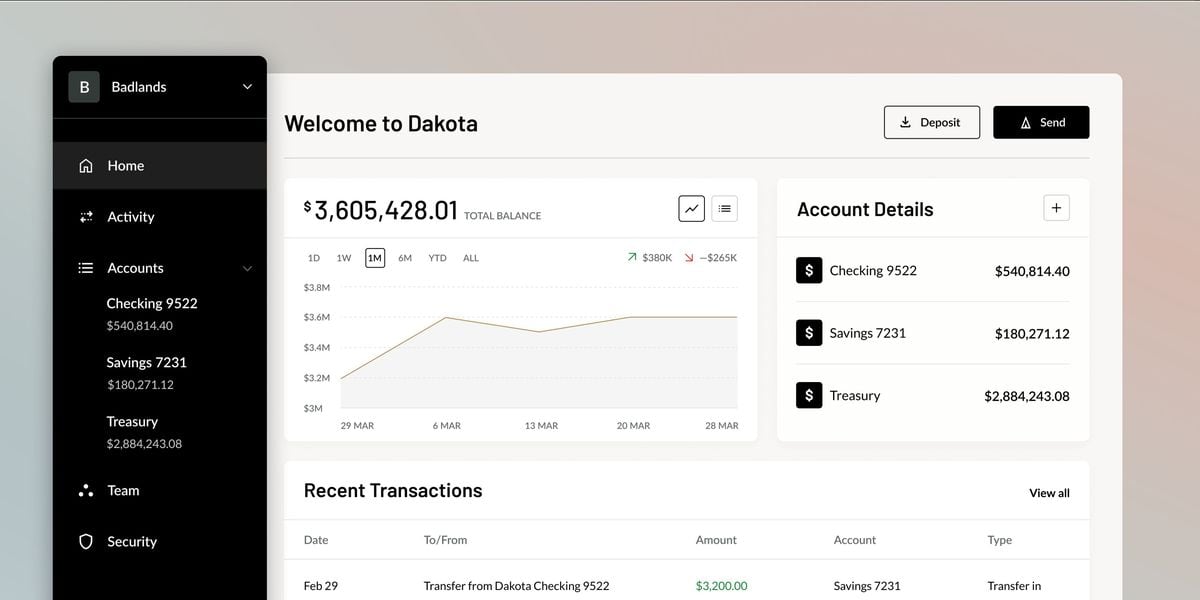The cryptocurrency market has been in a frenzy for the past several months. However, the previous few weeks have been among crypto’s worst periods ever. The current market downturns have resulted in losses and turmoil for many firms operating in today’s market. Many businesses that invested in cryptocurrencies have approached margin calls, and some of these firms could not meet these margin calls.
Margin calls and bot liquidations rage in the crypto market
In the cryptocurrency market, margin calls and crypto bot liquidations are reportedly at epidemic levels. It’s a vicious cycle that many people in traditional finance have seen before: when the value of their collateral falls short of the amount owed on their loans, causing trades to break down, forcing liquidations that lower prices.
According to a Bloomberg report, the digital assets were intended to function independently of traditional equities, but the current financial climate has shown a link. That rhythm, induced by so-called margin calls, has exploded in cryptocurrency markets since prices began to drop significantly—with some additional crypto-only variations.
Traders in traditional markets utilize margin trading to leverage their trading positions. Borrowing on the margin is the practice of using borrowed money to trade. Collateral, most often in the form of other stocks, is required to offset the danger of a deal going sour. The collateral needs are defined as a percentage of the loan.
A margin call occurs when a collateral’s value drops, and the broker orders the investor to either increase collateral or terminate the trade and return the money. In crypto, margin calls, also known as margin maintenance calls, occur when a cryptocurrency portfolio’s worth (minus any cryptocurrency positions) falls below an individual/business’s margin maintenance requirement.
Margin calls can occur for various reasons, such as a fall in the value of your assets, ACH reversals, or option assignments. If you receive a margin call, you must restore your portfolio value (minus any cryptocurrency positions) to the minimum margin maintenance level, or else your broker may be forced to liquidate your position(s).
Margin calls can wreak havoc in established markets, as is the case with the cryptocurrency industry. When markets are increasing or remaining roughly constant, the system generally works well enough, although individual investors who make poor bets or get into over their heads may suffer.
When a significant decline in values causes many margin calls, bigger problems can arise—investors who provide a margin drive prices down even more, prompting further margin calls. The crypto sector was created to operate differently from traditional markets by design.
Digital assets creators sought to establish a unique market that would not be buffeted by the same challenges as the traditional market. Margin calls are highly distinct in the blockchain industry. For one thing, much crypto trading is conducted via interconnected DeFi (decentralized finance) apps, implying problems in one may have far-reaching implications for another.
For another, most DeFi apps require over-collateralization – that is, a larger amount of cryptocurrency than the loan be put up to account for market volatility. However, perhaps the most significant aspect is that they do so automatically when positions are liquidated after margin calls aren’t met.
Investors get a reminder of the extreme crypto volatility
After a month of declines, investors are eager to avoid another weekend slump. However, margin calls and bot liquidations make navigating increasingly tricky. The pain that is now befalling DeFi apps began when centralized crypto lenders Celsius Network and Babel halted deposits, with the anticipated failure of fund Three Arrows Capital sending bitcoin prices plummeting by over 10% in a week.
According to CoinMarketCap, the current live Bitcoin price is 21,460.25 USD, with a 24-hour trading volume of $24,756,997,764. In the last 24 hours, Bitcoin has risen by 2.56 percent. The current Ethereum price is $1,230.63, and about 16.5 billion coins are in circulation. The current market capitalization of the cryptocurrency industry is $964.77 billion, which implies a 3.31 percent increase over 24 hours.
Margin calls and bot liquidation work at par in the decentralized finance ecosystem. The bots executing trades take possession of the positions. There’s no way to persuade a broker that you’ll be able to meet your obligation if given another day, hour, or minute. When liquidations are triggered, the crypto situation generally deteriorates considerably.
Many DeFi apps pay a liquidation bonus to the bots, which third-party coders and traders maintain. That incentive might result in a swarm of them competing to do the liquidations, which may clog up blockchain ledgers used to process and record crypto transactions.
As with other types of margin calls, a large number of liquidations — or the liquidation of a major holding — can depress token prices and lead to additional liquidations. So far, the crypto market has seen more than 2 trillion in market sell-offs.
Celsius has worked with a number of DeFi apps to achieve the excellent payouts it offers. stETH, which was developed by Lido Finance’s decentralized app, is one of the most popular collateral assets for lending and borrowing in DeFi. However, stETH trading has been declining as compared to Ether’s price, resulting in liquidations and market downturns.
The Celsius events appear to be taking a turn. According to sources, Goldman Sachs is attempting to raise $2 billion from investors in order to buy digital assets from the collapsing cryptocurrency lender Celsius. In the case of Celsius going bankrupt, the planned transaction would allow investors to purchase its holdings at significant savings.
Some businesses have taken significant measures to avoid margin calls and bot liquidations. On June 19, token holders of Solend, a lending application on the Solana blockchain, voted to take over a large user’s account that was facing the risk of a major liquidation, making it the first time for DeFi.
The board of directors reversed that decision in a second vote, having intended to institute an orderly over-the-counter liquidation rather than a bot-driven firesale. Several other applications have adjusted their procedures and laws to avoid large-scale liquidations and the resulting losses. MicroStrategy recently refuted rumors that it had received margin demands against the $205 million loan it took in March.
During the bull market, many crypto traders appeared to have forgotten how dangerous crypto and DeFi loans can be. The flood of liquidations that washed over the industry prompted more individuals to be more cautious with borrowing. Investors are asked to invest in the crypto market with full awareness of the market and its extreme risks.





